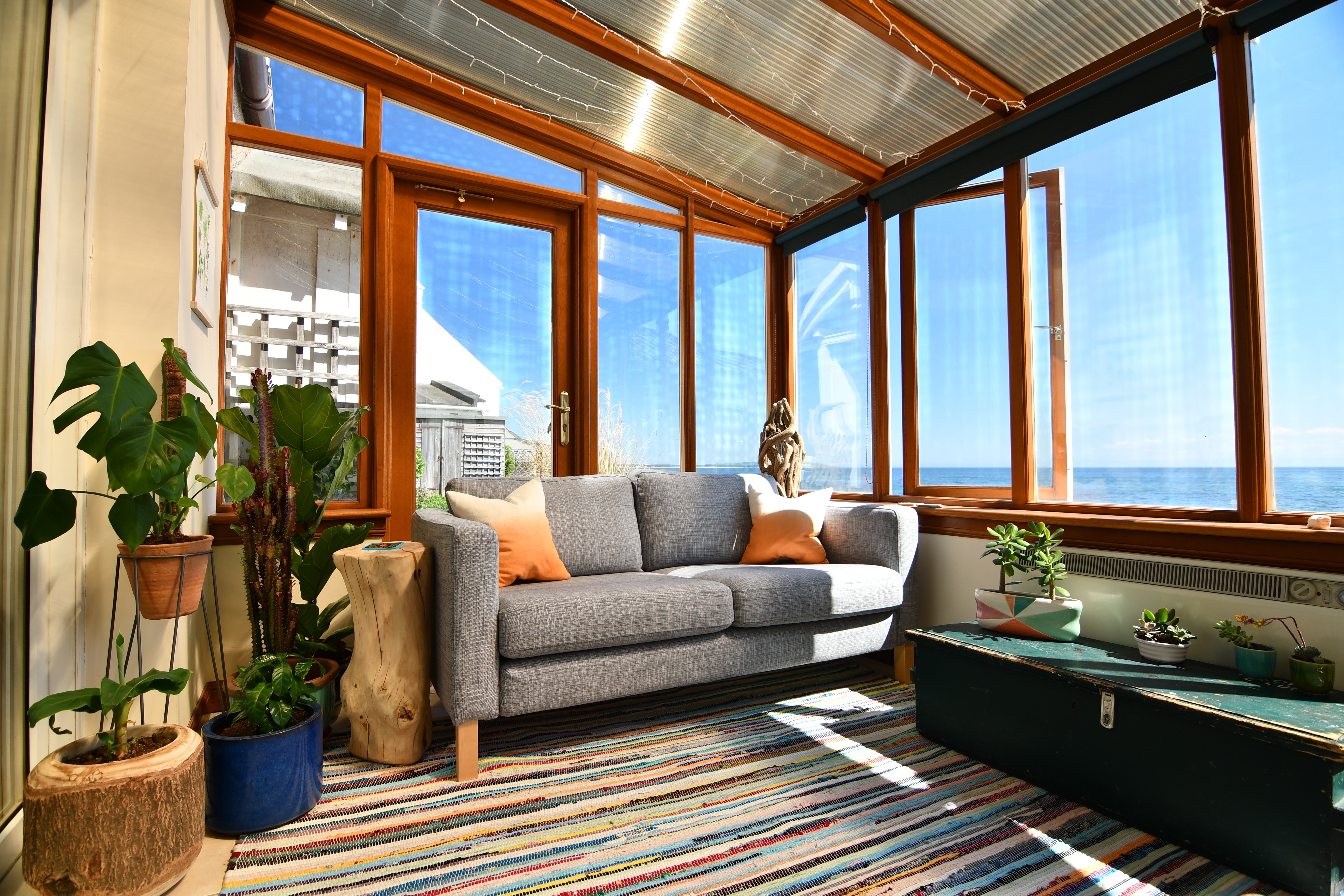Imagine stepping into your dining room, and your thought is instantly grabbed by your new custom furniture that radiates character, personality; enrapturing all the details you’ve imagined your loved ones gathering around for many years. As you move closer to like your custom table, for the umpteenth time, you are terrified to get a blemish. A crack. An occurrence that is avoidable for custom furniture.
In recent months you’ve noticed we’ve been stressing the significance of monitoring your humidity. We want to provide a more in-depth explanation as well as address the many issues we’ve gotten regarding cleaning and care. Depending on your area this can be a significant concern. For most of our custom furniture clients in the Los Angeles area, the weather is as temperamental as it comes. Thus, these fluctuations affect more than just the frizziness of your hair or the creaking of your bones. To get a better understanding of why humidity is the culprit, let’s start with a basic understanding of how wood operates.
The How
Wood is hygroscopic. What does this indicate? In lame man’s terms, wood receives moisture from the air using grain fibers that run the width of the wood. Whether this is in tree form or lumber, the grain fibers are drinking in and expelling moisture. Because of this system, when moisture is absorbed, wood expands. In opposition, when moisture is lost, wood contracts. This is where monitoring your humidity levels come into play.
Two Facts:
- Not all wood species react the same as some of the hardest wood will move the most
- A fully sealed wood will still lose and gain moisture, just much slower
The Why
If there is an ultimate switch whether it be low or high humidity, this is harmful to wood. As a result, we entirely suggest you keep your humidity levels at an absolute 50% all year round. However, between 40%-60% is typically “safe.” What can push wood to crack is either going from high humidity to a lower rate or “normal” humidity to an extreme low/high. Rapid changes only exacerbate the situation. Wood cannot be stopped from moving. It is a natural experience. Did you know the constructors of the pyramids used this to their advantage? They would create cavities in the stone, insert wood, and soak it with water. As it expanded, it would crack the rock. Powerful stuff! Our job is to manage what we can. As mentioned in previous posts, we purposely build our tables to pay for some fluctuations, but there is a limit. Two simple ways to keep a close eye and jump ahead of any problems is purchasing a humidity gauge. If your humidity is too high, a dehumidifier is a simple fix. Visa versa, if your climate is too dry, buy a humidifier. Not only will all the wood varieties in your home benefit, but also your health and wallet. When wood is continually fluctuating to extremes, this will affect the structure of your furniture all while cracking your wood and finish.
Care and Cleaning
Another question we’ve had an introduction of items on is furniture cleaning and care. There are main topics to be approached here. Let’s start with care. In addition to closely watching your humidity, it is recommended to oil up your wood furniture about every six months. One warning is to make sure you use quality oil. Avoid silicone based products. Using a product that will build upon your furniture does you no good. Some experts suggest giving your furniture a good going over with Murphy’s Oil Soap or Old English with a damp cloth and water.
So, an exceptional coat of wood polish, conditioner, or paste can help prevent minor cuts and conceal any that may have happened. This is most notable in “raw” furniture that does not have a clear coat finish. Since most tables we build to get a perfect top coat that protects the wood, these oils act more like a car lotion or wax. Simply put, a sacrificial top layer that helps protect the transparent skin.
Cleaning is quite easy, with some opportunities. We’ve claimed that we use, if not the greatest, one of the biggest polyurethanes on the market. It is recognized for being heavy work and stands up against chemicals, water, and heat very well. However, this does not mean we encourage you to start dumping hoards of chemicals on your table or revert to careless actions. Water with soap or vinegar is always safe. However, ordinary household cleaners typically do not affect the finish, such as Windex or 409. As we’ve said earlier, when it comes to your furniture, use common sense. What you want to avoid is Magic Erasers, scrubbing pads, etc. Why? Because this is necessarily lower grit sandpaper. If you take one of those pads to your furniture, you will notice a marred look to the finish.
Though few, these are some natural methods you can ensure a long life for your furniture. Want a few more background on our tables or merely want to do more reading? Go to our blog page. We’ve got the classes broken down. See what your interest is.
Looking to have another custom furniture item added to your home, check out our custom chairs and tables to get an opinion as to what catches your eye. Don’t want to wait the full production time? We’ve got you wrapped with our new inventory all ready to be purchased. Any questions? Contact us today!

